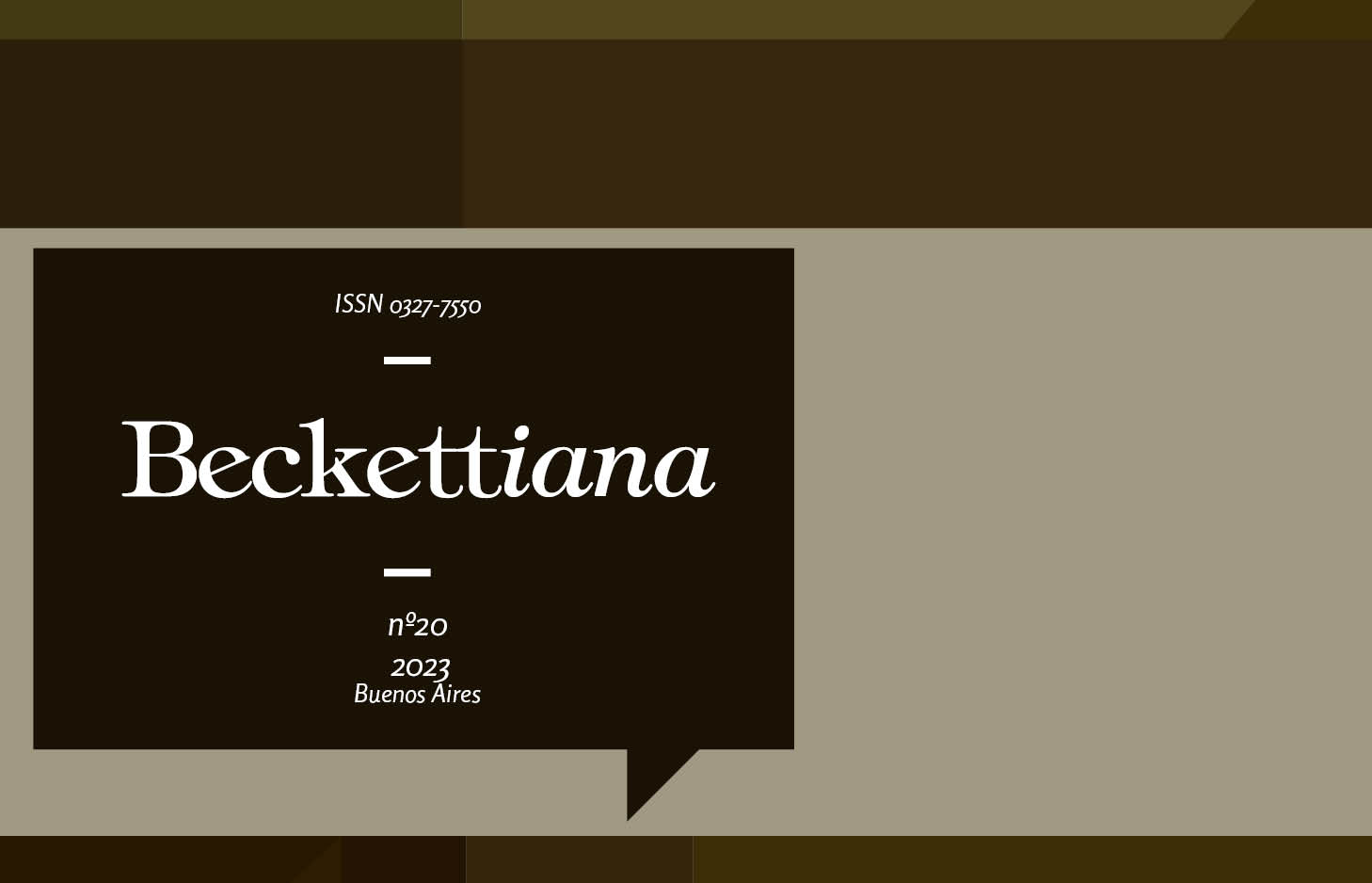De Samuel Beckett a David Markson: la representación de “lo que hay en la mente”
Keywords:
., Markson, Beckett, intertextuality, repetition, poetic characteristics.
Abstract
The novel Wittgenstein’s Mistress (1988) by the American writer David Markson (1927-2010) introduces a work with representation and intertextuality that, later, in the named The Notecard Quartet ‒Reader’s Block (1996),This Is Not a Novel (2001), Vanishing Point (2004) and The Last Novel (2007) are taken to saturation: the set of quotes and allusions constitute both novels. Some recurrent techniques of Markson, like repetition and fragmentariness, have also been observed and analyzed in the Irish writer Samuel Beckett. In the same way, links between literature, painting and music. And to this could be added the work with intertextuality and reflection on translation and, obviously, language. Even though in an interview to Markson by Joseph Tabbi (1990) the writer rejects having so direct links with the Irish, the truth is that the particular case of Wittgenstein’s Mistress, with its narrator sitting in front of her typewriter hearing the sound of the keyboard and the scratch of the Scotch tape half peeled off from a broken glass allow to suggest correspondences -to stablish intertextual relationships- both with the novel Murphy (1938) and with the theater plays Endgame (1957) and Happy days (1961) by Samuel Beckett. In this article, from a comparative study of the mentioned works, we will analyze the recurrent technical devices of both writers and we will observe the way in which both Markson and Beckett give to their works a poetic character.Downloads
Download data is not yet available.
References
.
Published
2023-12-27
How to Cite
Diab, P. (2023). De Samuel Beckett a David Markson: la representación de “lo que hay en la mente”. Beckettiana, (20). https://doi.org/10.34096/beckettiana.n20.13902
Issue
Section
Artículos del VII Congreso de la Samuel Beckett Society – Buenos Aires 2022
Copyright (c) 2023 Beckettiana

This work is licensed under a Creative Commons Attribution-ShareAlike 4.0 International License.








